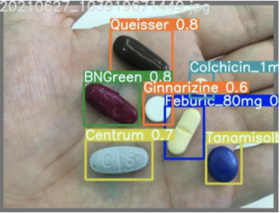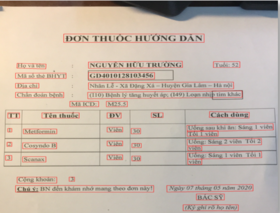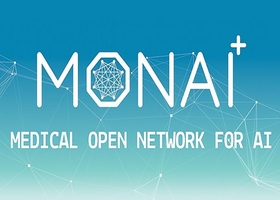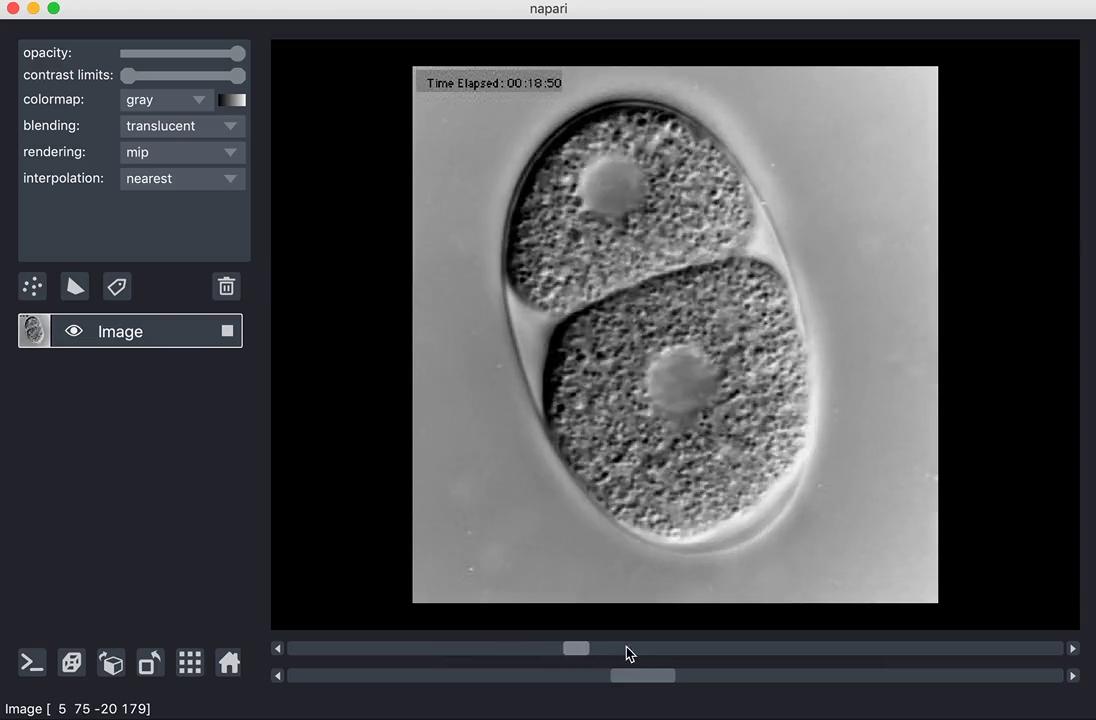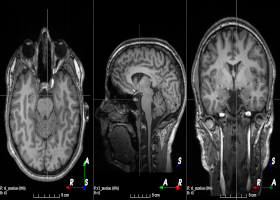VAIPE-Pill: A Large-scale, Annotated Benchmark Dataset for Visual Pill Identification
VAIPE-Pill is a large dataset of pill images for automated pill identification. The dataset contains more than 50,000 pill images with annotations that are collected under real-world settings. To the best of our knowledge, the VAIPE-Pill is currently the largest pill image dataset for object detection tasks.

